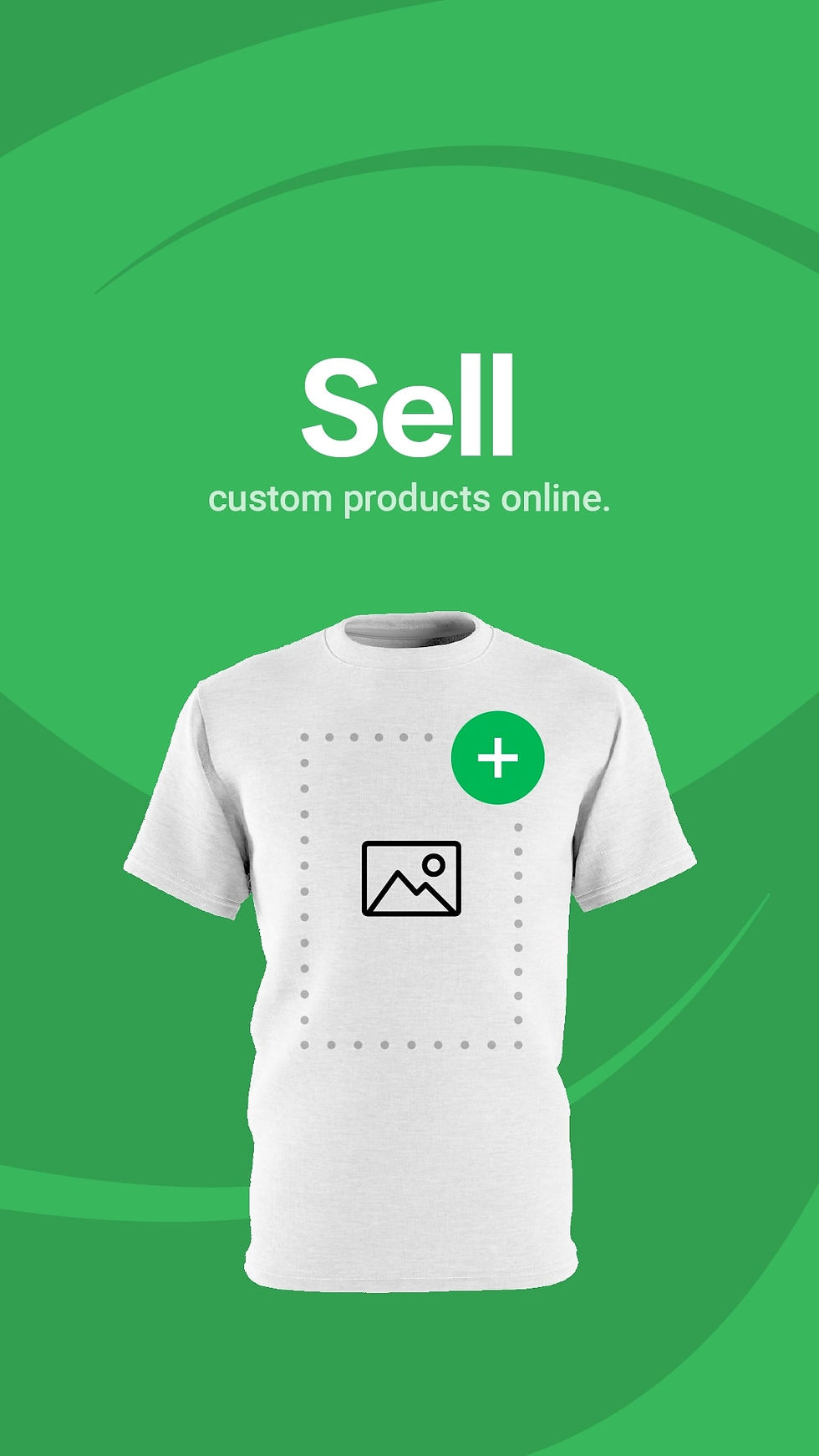In the ever-evolving landscape of B2B content marketing, establishing oneself as a thought leader is no small feat. Thought leadership not only enhances credibility but also plays a vital role in helping organizations differentiate themselves from competitors. This post explores the keys to mastering thought leadership in B2B content marketing and offers practical strategies for implementation.
Understanding Thought Leadership in B2B
Thought leadership is more than just sharing opinions; it's about providing valuable insights that resonate with a target audience. In B2B contexts, this often translates into industry expertise, innovative solutions, and forward-thinking perspectives that can influence decision-making processes.
By positioning your organization as a thought leader, you craft a narrative that speaks directly to the needs and pain points of your audience. With this approach, you create trust and foster relationships that ultimately drive business success.
Key Components of Thought Leadership
To effectively bust through the noise and establish authentic thought leadership, focus on these four key components:
1. Expertise and Knowledge
Your content must demonstrate a deep understanding of your industry. This means keeping up with trends, challenges, and innovations that are shaping your field.
Research reports, whitepapers, and case studies are excellent formats for showcasing this expertise. Regularly sharing your findings on relevant topics not only adds value to your audience but also positions your organization as a key resource.

2. Unique Perspectives
It's essential to provide insights that are not readily available elsewhere. Share innovative ideas and forward-thinking solutions that challenge conventional wisdom.
Creating content that reflects your organization’s unique approach can spark discussions and attract attention from industry peers.
3. Engaging Storytelling
Incorporate storytelling into your thought leadership content. Narratives can evoke emotions and foster connections that dry facts and statistics cannot. By weaving real-life experiences and client stories into your content, you create relatable content that resonates with your audience.

4. Consistency and Persistence
Being recognized as a thought leader requires persistence. Consistently producing high-quality content that engages your audience is paramount. Establish a content calendar that includes regular blog posts, webinars, and informative social media updates.
This strategy ensures that your audience regularly receives fresh insights, reinforcing your status as an authority in the field.
Crafting Your Thought Leadership Strategy
Transitioning from being a regular content producer to a recognized thought leader involves implementing a comprehensive strategy. The following steps will guide you in crafting this approach:
Define Your Niche
Start by identifying the specific area where you want to establish thought leadership.
Understanding the unique challenges and opportunities within this niche will help tailor your content to fit the needs of your audience. Taking the time to define your niche will set the foundation for all future content endeavors.
Research Your Audience
Understanding your target audience is critical for creating resonant content. Conduct surveys or gather insights from your existing customer base to learn more about their preferences, pain points, and success stories.
The more you know about their needs and expectations, the more effectively you can tailor your content to engage and provide value.
Develop High-Quality Content
The content you produce must be well-researched, informative, and relevant. Quality is paramount; aim to offer original insights and actionable advice.
In addition to written content, consider incorporating videos, podcasts, or infographics to diversify your offerings and reach a wider audience.

Measure and Adapt
Lastly, continually evaluate the effectiveness of your thought leadership initiatives. Use metrics to gauge engagement, website traffic, and conversion rates to understand what's resonating with your audience.
Be willing to adapt your strategy based on these insights. A flexible approach is vital in the fast-paced B2B landscape.
Effective Channels for Thought Leadership
Once your strategy is in place, consider the following channels to disseminate your thought leadership content effectively:
Blogs and Articles
Your company website is an ideal platform for sharing in-depth articles, whitepapers, and case studies. Regularly publish content that showcases your expertise and provides actionable insights.
Webinars and Workshops
Offering educational webinars or workshops allows potential clients to engage directly with your content. This format fosters deeper discussions and can encourage direct interaction with your brand.
Social Media Networks
While this space is often crowded, social media remains a powerful tool for promoting thought leadership. Share snippets of your content, engage in discussions, and participate in industry conversations to broaden your reach.
Conclusion
Mastering thought leadership in B2B content marketing requires dedication, strategy, and authentic engagement with your target audience. By combining expertise, unique viewpoints, engaging storytelling, and a commitment to consistency, your organization can become a beacon of knowledge in your industry.
Adopting a strategic approach fosters connections that drive trust and loyalty, ultimately enhancing your organization’s reputation. As the content landscape continues to evolve, staying ahead of trends and audience needs will be the key to sustained thought leadership success.
Embrace these strategies to transform your content marketing efforts into powerful thought leadership initiatives that contribute to long-term business growth.


.jpg)



Comments